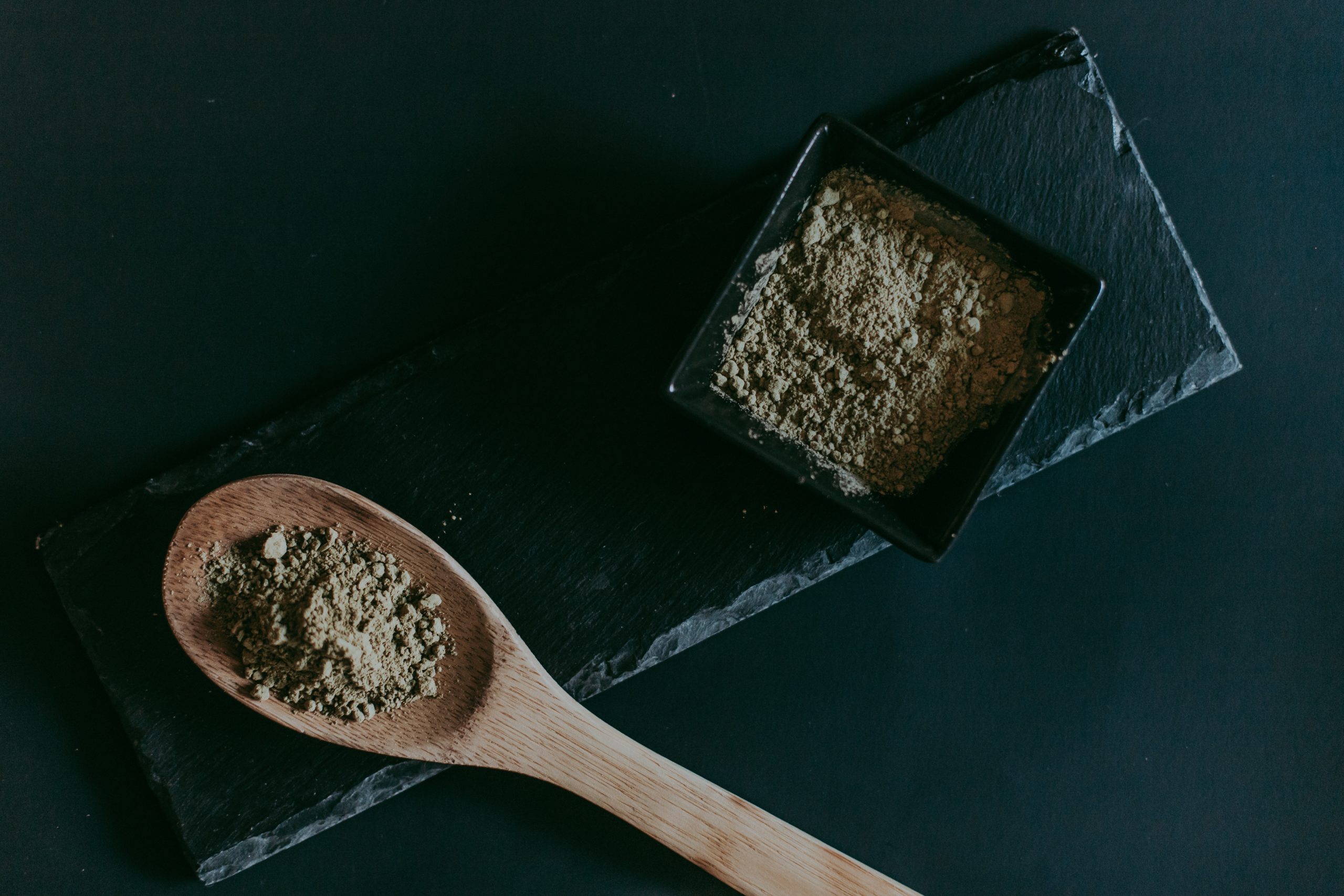
07 Jul How To Deal With Kratom Withdrawal
If you or a loved one is struggling with an addiction to kratom, knowing what you face and how to deal with kratom withdrawal symptoms will minimize the discomfort and risks and can help you take the first step towards recovery. Read on for more information on kratom detox and how to deal with it safely.
Table of Contents:
Kratom withdrawal symptoms
Because kratom functions similarly to opioids when taken in large doses, the detox experience is similar, though generally less severe as well.
Symptoms include:
- Muscle aches, cramping, restless legs, and tremors
- Nausea, vomiting, diarrhea, and loss of appetite
- Runny nose, watering eyes, sweating, and hot flashes
- Anxiety, depression, insomnia, and intense drug cravings
Severe kratom detox symptoms include:
- Memory problems
- Depression
- Sleep issues
- Anxiety
- Fatigue
- Intense drug cravings
Those who have a severe dependency or addiction to kratom may experience more severe symptoms than your average user.
Kratom withdrawal timeline
Kratom withdrawal duration can vary greatly for many reasons, ranging from the overall health of the individual, the severity of the addiction, the method of consumption, and size of the last dose.

3-48 hours after the last dose
Symptoms such as insomnia, anxiety, and depression can appear and may persist for weeks or longer.
2-4 days after the last dose
Symptoms will intensify; this stage is usually when symptoms related to the digestive system appear.
7-10 days
Symptoms begin to subside.
What helps with kratom addiction? Medically managed detox
Kratom withdrawal can be dangerous, especially if you have other medical conditions. Although symptoms may seem manageable by yourself, severe vomiting could cause you to get dehydrated quickly, or even worse, cause aspiration pneumonia which can be fatal.

The safest way to detox from kratom is on a tapering schedule designed by an addiction expert to wean you off the drug.
This doesn’t just make detox shorter in duration and more comfortable, it also lessens the impact on your body and decreases the likelihood of permanent damage.
Doctors can also evaluate you and create a plan in advance to treat withdrawal symptoms, meaning you can focus on recovery instead of label-checking over the counter medications for negative interactions.
Phenibut for kratom addiction – a solution too good to be true
Phenibut is a drug originating in Russia in the 1960s that is used there to treat a variety of conditions such as PTSD, anxiety, depression, fatigue, and alcohol dependency. Russia is the only country that approves phenibut for these uses.
A popular story that touts phenibut as a “Russian wonder drug” involves Russian astronauts trying to fix technical problems on their spacecraft. As a last resort, the astronauts were told to rest and take phenibut, which allegedly later resulted in their solving the problem creatively. Despite this, there is no extensive nor conclusive evidence of phenibut’s therapeutic value.
In the U.S., phenibut is classified as a supplement due to its similarity to the GABA amino acid. It’s important to note that just because something is legally classified as a nutritional supplement does not mean it is subject to any regulation. It has a high potential for dependence and addiction, and withdrawal from Phenibut can involve hospitalization for severe psychotic symptoms.
Kick Kratom And Begin Recovery At Home With Elite Home Detox
If you or a loved one are facing kratom withdrawal, reach out to Elite Home Detox today. Our addiction experts can work with you to create a tapering schedule and detox plan that you can do in the comfort and privacy of your home.
During detox, one of our medical professionals will stay at your home to ensure your safety and make you as comfortable as possible. Your doctor and dedicated care coordinator can help you create a realistic aftercare plan and stay organized and on track with recovery.
Quality care from people who understand, without having to give up your life for a month. We’re ready to help – call or click the link below for a consultation today!


